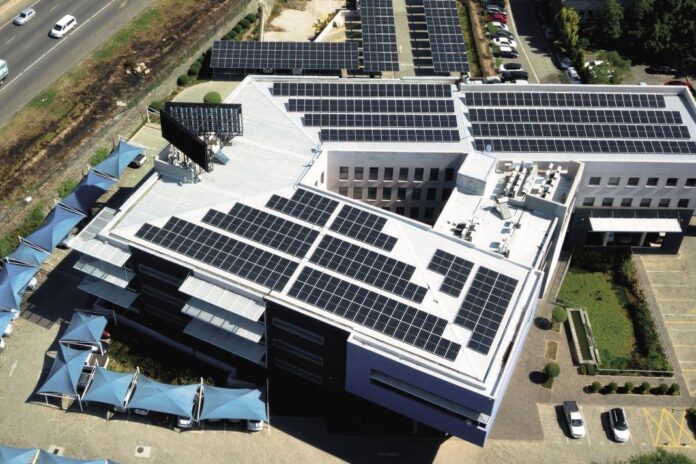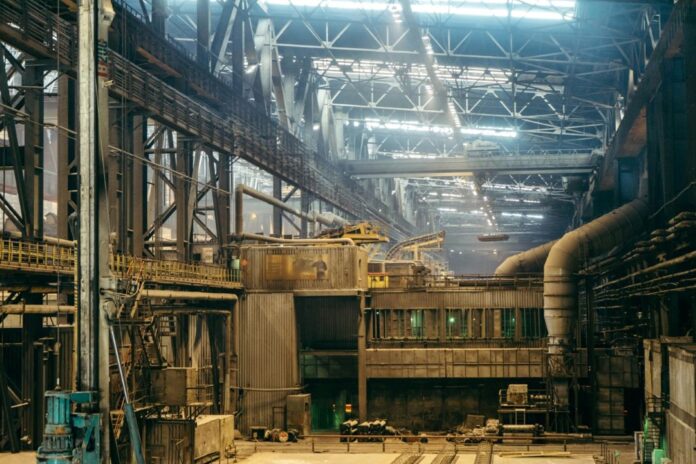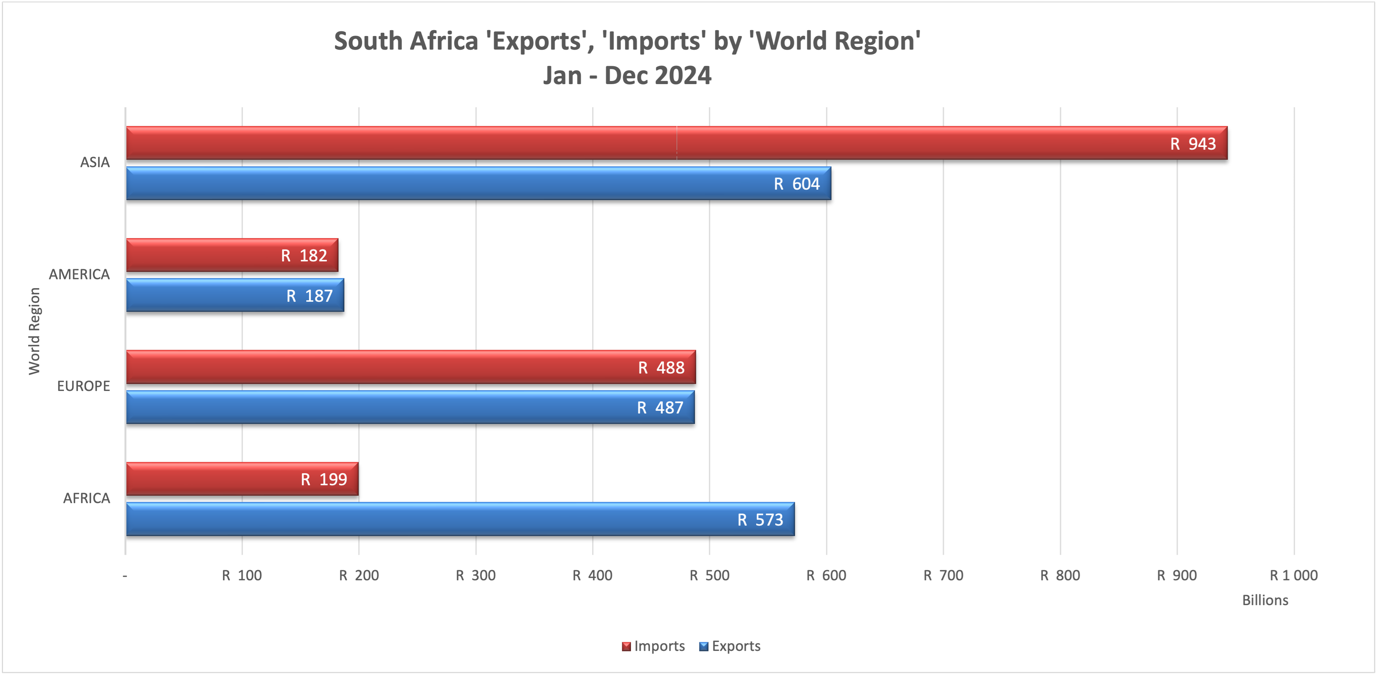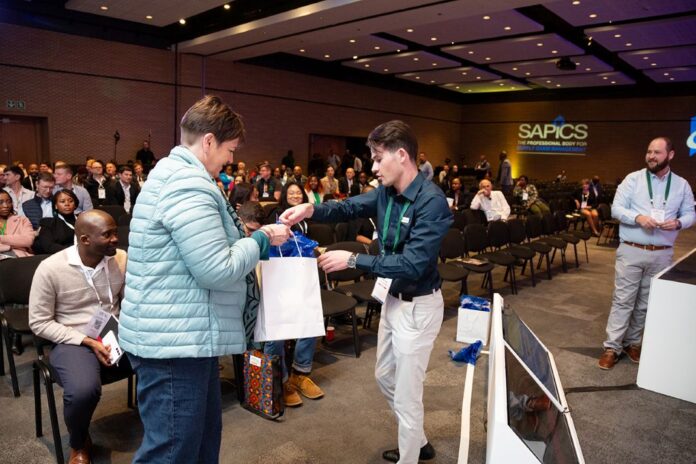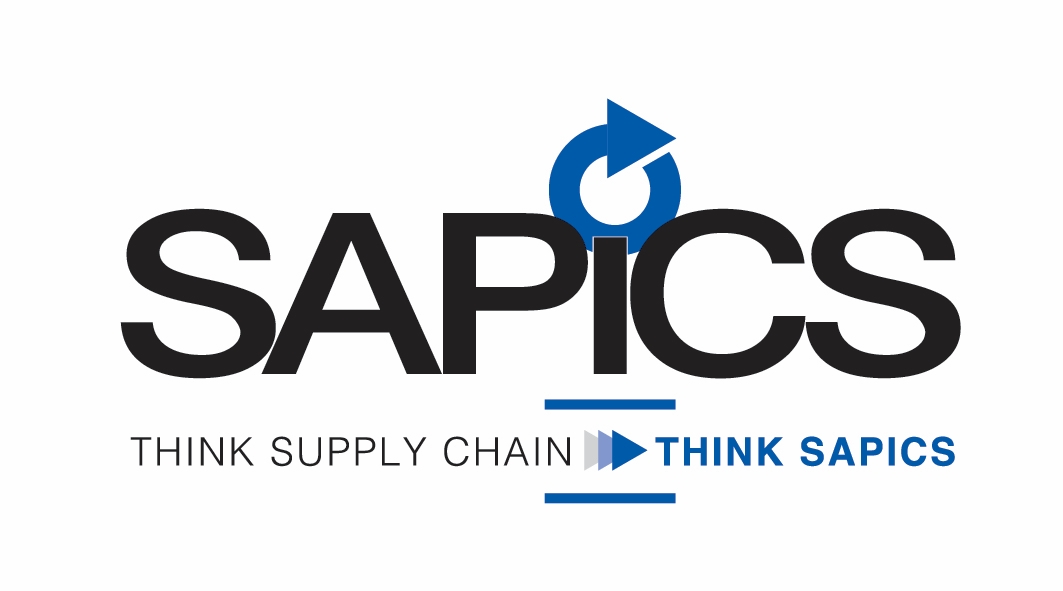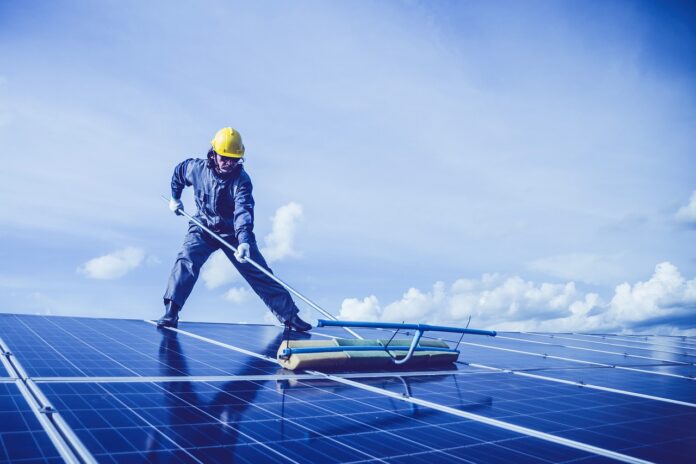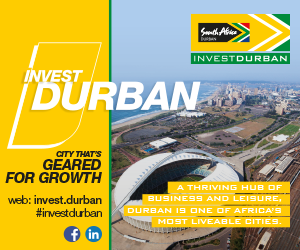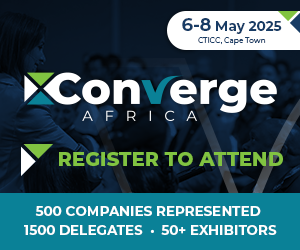To better understand the concept of “wheeling”, Opportunity sat down with the Chairman of the South African Independent Power Producers Association (SAIPPA), Brian Day, on the sidelines of the Africa Renewable Investment Summit (ARIS) in November 2024.
What is wheeling?
An example is power being generated in the Eastern Cape by an independent power producer (IPP) and power being used by a customer in Mpumalanga. When your customer and your generator are both connected directly to Eskom, you have a wheeling arrangement.
But it is not literally that same power?
It’s different electrons and it’s a book entry. It’s a commercial arrangement and there are loss factors based on the relative geographies of the two to be taken into account.
The customer has an electricity supply agreement with Eskom and the generator has a connection and use-of-system agreement with Eskom. All the electricity comes through the Eskom meter but some of that came from the IPP. The credit on the customer’s bill is enough to pay the power-purchase agreement (PPA) to the generator.
And wheeling is catching on?
Slowly, and limited to big customers. In the future, in the same way you buy pencils at the corner shop you would buy electrons. Such a market at the wholesale level is being developed, while the retail market is some way off. Developing a market for power is where we are going. Mulilo has reached financial close on two Eastern Cape projects for 260MW total for a combined off-take by Sasol and Air Liquide for their Secunda operations.
Sasol needs a lot of power for its operations, not so?
Sasol was at the forefront of wheeling, much of which was initially done between their facilities in Sasolburg and Secunda. Eskom designed wheeling largely for Sasol because it is a massive prosumer, both a consumer and a producer of power. It’s an intriguing concept in the electricity space; other companies like [timber and dissolving pulp producer] SAPPI are prosumers because they have excess heat, which is excess energy and can be converted to electricity.
What is an aggregator?
A company trying to trade electricity.
Are we moving towards having a seamless market for such trading?
We are moving there now more than ever before and in the last year there has been significant progress.
Are there obstacles?

The Electricity Regulation Amendment Act was promulgated on 1 January 2024, with some parts postponed, despite the complaints of the South African Local Government Association (SALGA) and municipalities.
Municipalities have a distribution licence and the word in the legislation and regulations is “supply”, but that is distinct from a trading licence which is the buying and selling: it is like running a fleet of trucks on somebody else’s freeway. Some other people need to do their job too, most notably the National Energy Regulator of South Africa (NERSA).
Can municipalities protect themselves from losing future revenue by building a solar farm?
A municipality can do three things: they can procure from an IPP who builds for them, they can establish new generators themselves or they can establish wheeling frameworks so that third parties establish new generators and sell to other third parties where they don’t have the onerous task of being the balance sheet. By wheeling, they are making their “road” available to willing people.
But does the road belong to the city? Does it not belong to Eskom?
It belongs to Eskom only up to a point, but then it gets to a point where the grid belongs to the city and that’s the problem. As I said about the big Sasol wheeling projects, if both the customer and the generator are connected directly to Eskom then it works. If one or other or both are connected to a municipal grid which in turn is connected to Eskom, you then have to make these arrangements with both the entities. And that’s when it gets more difficult.
For information on the South African Independent Power Producers Association: www.saippa.org.za
Additional information:
Eskom Electricity Wheeling resource: https://www.eskom.co.za/distribution/wp-content/uploads/2022/07/20220721-Wheeling-concept_Introduction.final_.pdf



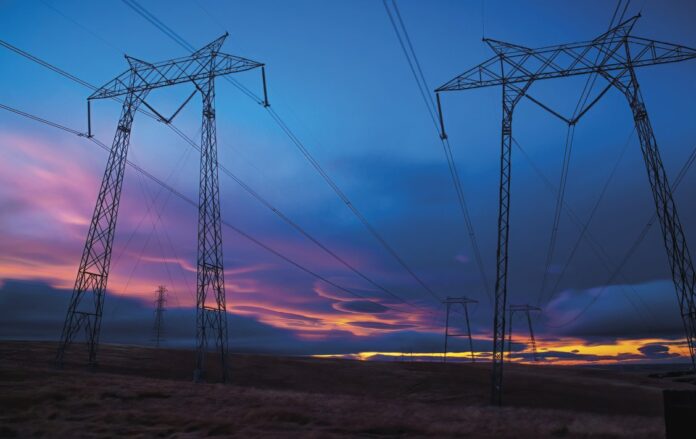
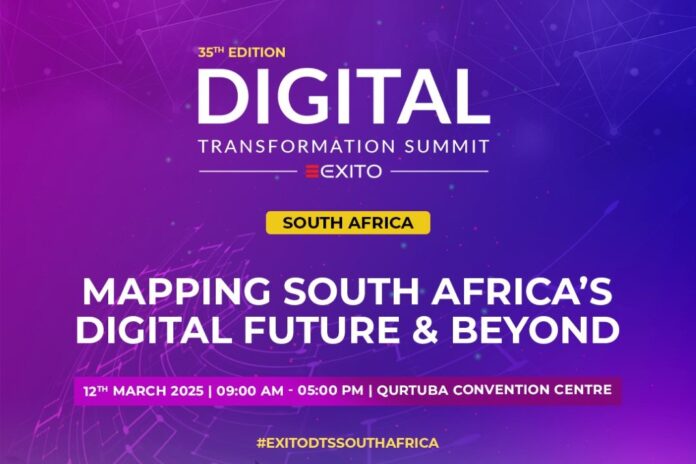
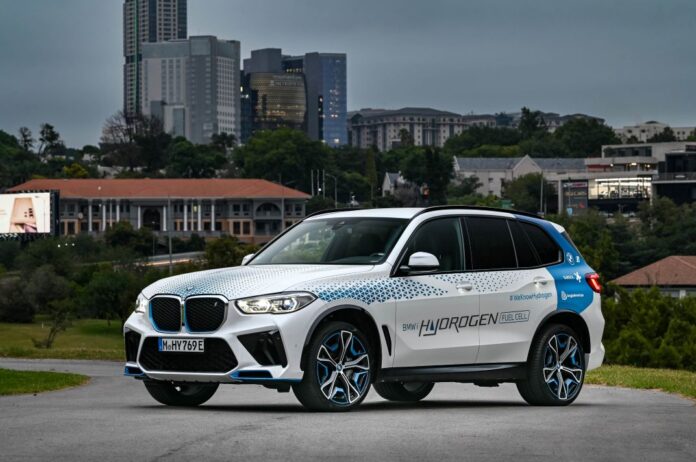
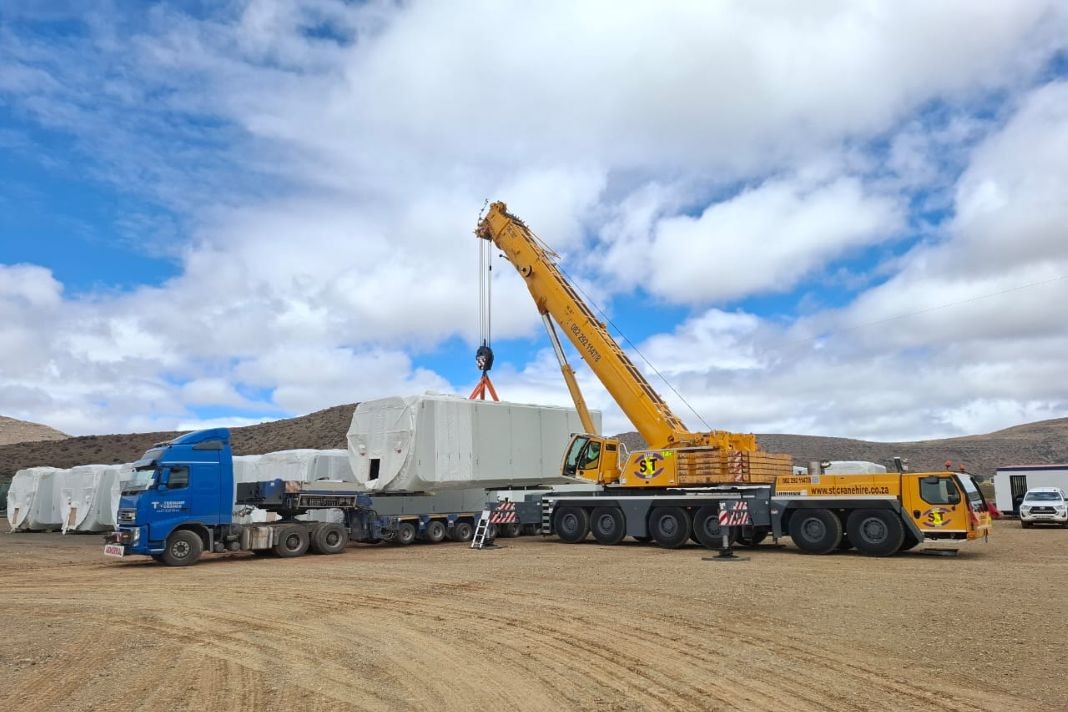

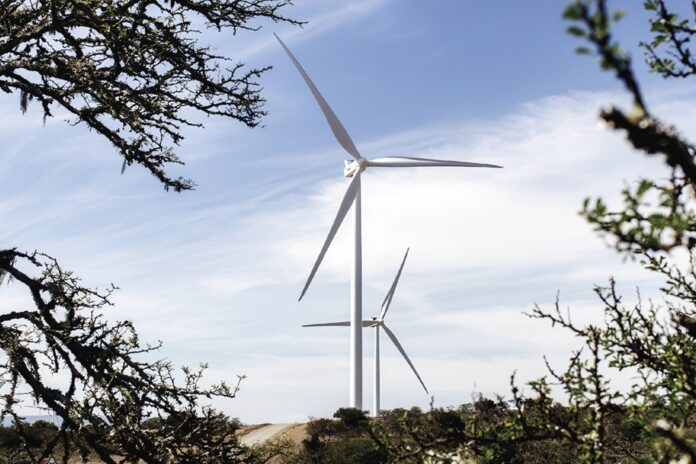

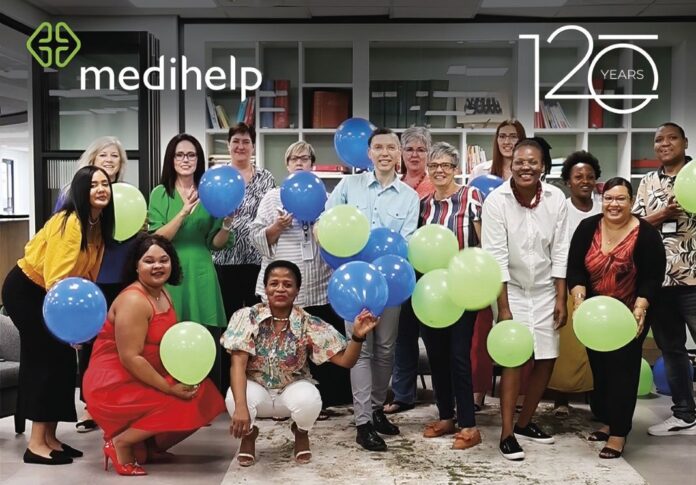
 “Reaching 120 years is an extraordinary achievement that reflects the trust and loyalty of our members and the dedication of our teams,” says Varsha Vala, Principal Officer of Medihelp. “Our longevity is a testament to our ability to adapt to the times while remaining true to our core values. We are proud to have been playing a pivotal role in the lives of South Africans for more than a century.”
“Reaching 120 years is an extraordinary achievement that reflects the trust and loyalty of our members and the dedication of our teams,” says Varsha Vala, Principal Officer of Medihelp. “Our longevity is a testament to our ability to adapt to the times while remaining true to our core values. We are proud to have been playing a pivotal role in the lives of South Africans for more than a century.”

